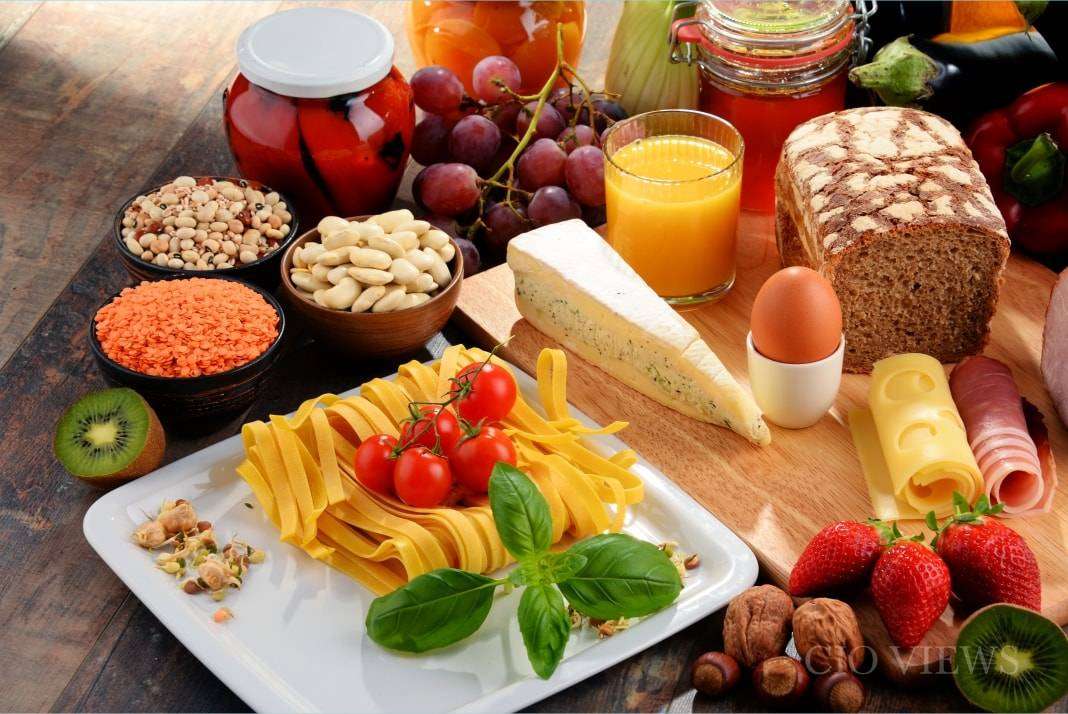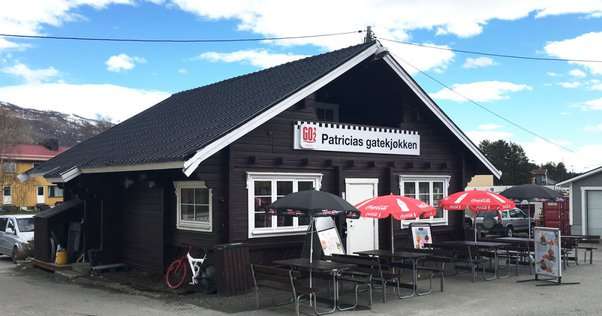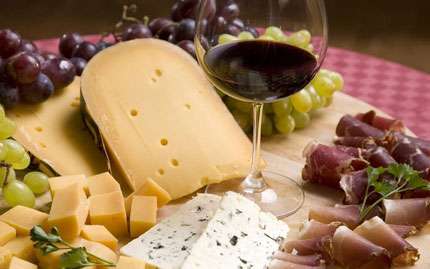Introduction: The food and beverage industry in South America is a dynamic and diverse sector that plays a crucial role in the region’s economy. This report provides an overview of the industry, highlighting key trends, challenges, and opportunities.
1. Market Overview:
- South America’s food and beverage market is substantial, driven by a growing population, urbanization, and changing consumer preferences.
- The industry encompasses a wide range of products, including meat, dairy, beverages, processed foods, and more.
- Brazil, Argentina, and Colombia emerge as key players, with Brazil dominating the market due to its size and economic strength.
2. Key Trends:
- Health and wellness: Consumers are increasingly seeking healthier food and beverage options, leading to a rise in demand for organic, natural, and functional products.
- Sustainability: Environmental concerns drive companies to adopt sustainable practices in sourcing, production, and packaging.
- Convenience: Busy lifestyles fuel the demand for convenient and ready-to-eat food and beverage solutions, such as snacks and on-the-go meals.
- Digitalization: E-commerce and digital platforms reshape the way consumers access and purchase food and beverages, creating opportunities for online retailers and delivery services.
3. Challenges:
- Economic instability: Currency fluctuations, inflation, and political uncertainties in some South American countries pose challenges for businesses operating in the region.
- Infrastructure constraints: Inadequate transportation and storage infrastructure can hinder the distribution of food and beverage products, particularly in rural areas.
- Regulatory complexity: Compliance with diverse regulations across South American countries can be challenging for multinational companies, impacting trade and market entry.
4. Opportunities:
- Export potential: South America’s rich agricultural resources present opportunities for food and beverage exports to international markets, particularly in commodities like coffee, beef, and soybeans.
- Innovation: There is room for innovation in product development, packaging, and marketing to cater to evolving consumer preferences and differentiate brands in the competitive market.
- Investment and partnerships: Foreign investment and partnerships with local players can facilitate market entry and expansion, leveraging local expertise and resources.
5. Conclusion: The food and beverage industry in South America is characterized by growth, innovation, and challenges. With a focus on sustainability, health, and convenience, businesses can capitalize on the region’s vast potential and contribute to its economic development while meeting the diverse needs of consumers across South America and beyond.



